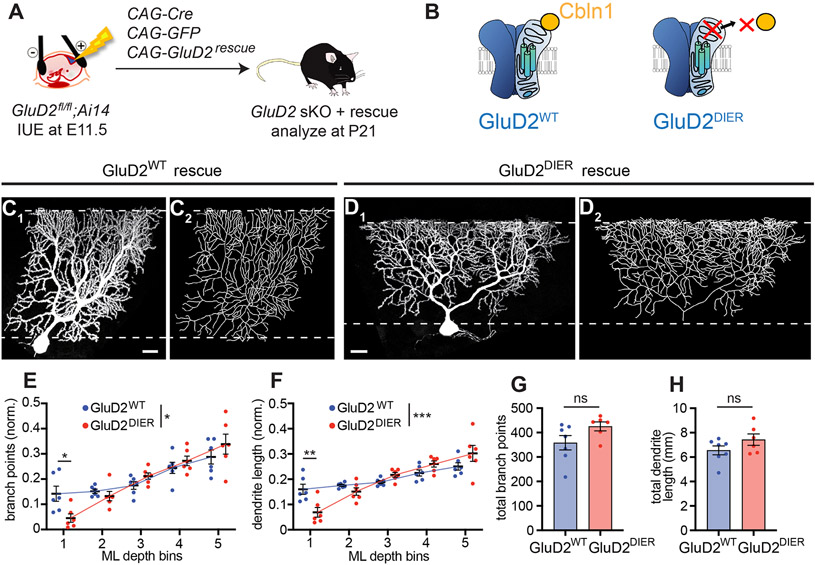Figure 6. GluD2 that Does Not Bind Cbln1 Cannot Rescue the GluD2 sKO Phenotypes.
(A) Schematic of GluD2 rescue assay.
(B) Schematic showing that GluD2DIER (with four point mutations) does not bind the GluD2 ligand Cbln1.
(C, D) Confocal image (C1, D1) and tracing (C2, D2) of a representative GluD2 sKO Purkinje cell expressing a GluD2WT (C) or GluD2DIER (D) rescue construct. Scale bars, 20 μm.
(E, F) Quantification of the normalized number of branch points (E) and dendrite length (F) in each ML bin.
(G, H) Quantification of total number of branch points (G) and dendrite length (H) of GluD2WT (blue) and GluD2DIER (red) rescue Purkinje cells.
Data from E–H are mean ± SEM; n = 6 cells from 2 mice for each condition; *p < 0.05, **p < 0.01, ***p < 0.001; ns, not significant (p > 0.05); two-way ANOVA (between genotype) followed by Sidak’s multiple comparisons tests between GluD2WT rescue and GluD2DIER rescue values in each bin (C, D); or t test (G, H).
See also Figure S6.

